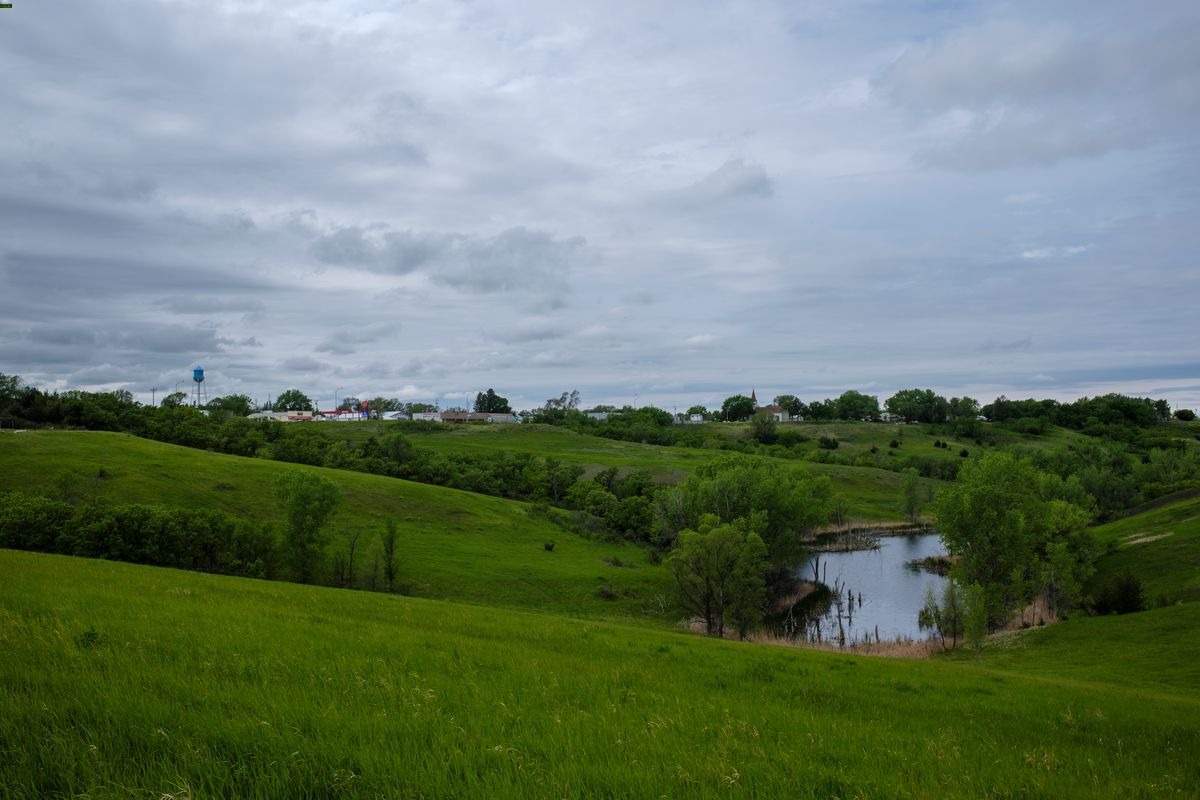Hidden Indigenous Meeting Grounds Of South Dakota’s White River

Have you ever wondered about the hidden stories of South Dakota's White River? This river isn't just a natural wonder; it's a historical treasure. For centuries, it has been a meeting ground for various Indigenous tribes. These tribes gathered here for trade, ceremonies, and social events. The White River's banks hold countless tales of unity, culture, and tradition. Imagine walking along these paths and feeling the echoes of ancient footsteps. Whether you're a history buff or just curious, the White River offers a unique glimpse into the past. Ready to uncover the secrets of this remarkable place? Let's dive in!
Discovering the Hidden Indigenous Meeting Grounds
South Dakota's White River area holds a rich tapestry of history and culture, especially when it comes to the Indigenous meeting grounds. These places offer a glimpse into the lives and traditions of the Native American tribes who have called this region home for centuries. Let's explore some of these hidden gems.
1. Badlands National Park
Badlands National Park isn't just a stunning landscape; it's also a significant cultural site. The Lakota people have long considered this area sacred. The park's rugged terrain provided a natural meeting ground for tribes to gather, hunt, and hold ceremonies.
2. Wounded Knee
Wounded Knee is a site of profound historical importance. Located on the Pine Ridge Reservation, it was the location of the tragic 1890 massacre. Today, it serves as a memorial and a place for reflection, honoring the lives lost and the resilience of the Lakota people.
3. Bear Butte
Bear Butte, or Mato Paha, is a sacred mountain for many Plains tribes, including the Lakota, Cheyenne, and Arapaho. This natural formation has been a spiritual gathering place for centuries. Pilgrims often leave prayer cloths and offerings, making it a living testament to Indigenous spirituality.
4. Crazy Horse Memorial
The Crazy Horse Memorial, though still under construction, is a monumental tribute to the legendary Lakota leader. Located in the Black Hills, this site aims to honor Native American culture and history. It's a place where visitors can learn about the rich heritage of the tribes in the region.
5. Wind Cave National Park
Wind Cave National Park is not just known for its intricate cave systems but also for its cultural significance. The Lakota believe that the cave is the site where their people first emerged onto the Earth. This sacred site continues to be a place of spiritual importance and cultural education.
6. Pipestone National Monument
Pipestone National Monument, though located in Minnesota, has strong ties to the tribes of South Dakota. The quarries here have been used for centuries to extract the red pipestone, a material sacred to many tribes. The stone is used to craft ceremonial pipes, essential in various rituals and gatherings.
7. Missouri River
The Missouri River has long been a lifeline for the tribes of South Dakota. Its banks served as meeting grounds for trade, social gatherings, and spiritual ceremonies. The river's significance continues today, with many tribes advocating for its protection and preservation.
8. Black Elk Peak
Black Elk Peak, the highest point in South Dakota, holds deep spiritual significance for the Lakota people. Named after the famous Lakota medicine man, Black Elk, the peak is a place for vision quests and spiritual journeys. The panoramic views from the top offer a sense of connection to the land and its history.
9. Cheyenne River Reservation
The Cheyenne River Reservation is home to the Cheyenne River Sioux Tribe. This area has numerous sites of cultural and historical importance, including traditional meeting grounds and sacred sites. The reservation offers a glimpse into the ongoing traditions and resilience of the Lakota people.
10. Standing Rock Reservation
Standing Rock Reservation, which straddles the border between North and South Dakota, is another significant area. Known for the recent protests against the Dakota Access Pipeline, this reservation has long been a place of gathering and resistance for the Lakota and Dakota people.
Discover the Hidden Gems of South Dakota's White River
South Dakota's White River offers more than just scenic beauty. The hidden Indigenous meeting grounds provide a unique glimpse into the rich cultural history of the region. These sacred sites, often overlooked, hold stories and traditions passed down through generations. Visiting these places not only enriches your travel experience but also deepens your understanding of the Native American heritage.
Exploring these hidden gems allows you to connect with the land in a meaningful way. From ancient petroglyphs to ceremonial grounds, each site has its own tale to tell. Respecting and preserving these areas ensures that future generations can also appreciate their significance.
Next time you plan a trip to South Dakota, make sure to include the White River's Indigenous meeting grounds in your itinerary. You'll leave with a greater appreciation for the history and culture that shaped this beautiful landscape.

